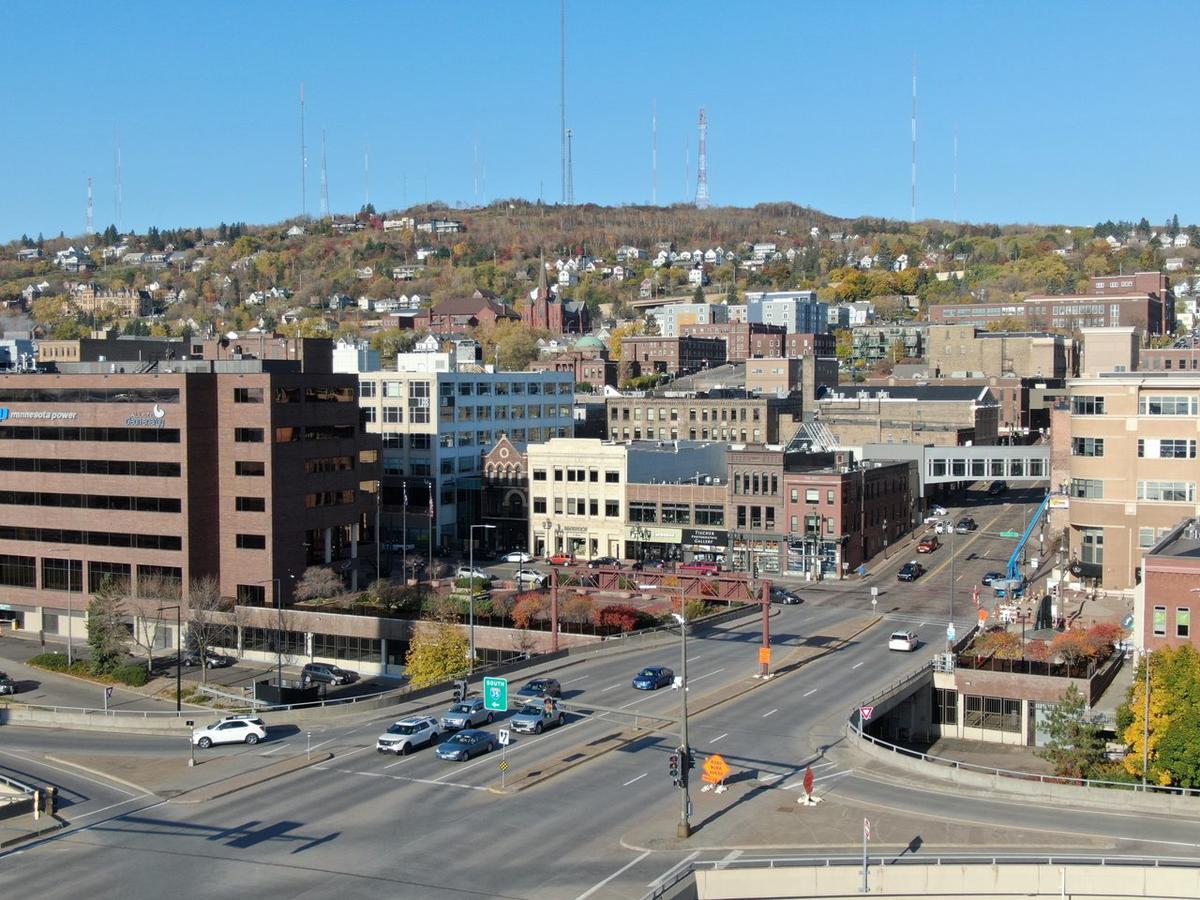I recently came across an article in the New York Times that visually depicted the very complex nature of the current supply-chain crisis and highlighted how, in one way or another, nearly every aspect of the crisis could be traced back to the COVID-19 pandemic. According to the article, when the initial economic slowdown occurred in spring 2020, businesses laid off scores of workers and reduced production as they anticipated consumer demand for products would drop. In reality, consumer demand spiked as people shifted from spending on travel and services to durable goods and home-remodeling projects. And the additional government support measures spurred consumer activity even higher. This increase in consumer spending, combined with a shortage of both truck drivers and shipping containers (also partially the result of the pandemic) has led to the mess we are in today.
The reason I bring up this example is to emphasize just how much the COVID-19 pandemic has affected every aspect of our lives. Since March 2020, COVID-19 has impacted how we work, how we shop, how we learn, and how we socialize.
All of this makes it very difficult to predict what to expect in the coming year. Last year at this time, I thought — or hoped — that by December 2021, COVID-19 would be a thing of the past and that life would be back to normal. Now that that time has come, I am beginning to realize life will never return to exactly how it was before the pandemic hit. We have all been permanently changed by this period in history.
So what does all of this have to do with the regional economy? This year, rather than try to predict what we might expect in the coming year, I am instead going to focus on one word: innovation. As we move forward, the communities throughout the U.S. that will thrive economically in this post- but not quite post-pandemic world are those that are the most creative, resilient, adaptable, and, of course, innovative.
Luckily, there are examples of innovation happening all over Duluth and the surrounding region. In just the past few months:
- The Duluth Seaway Port Authority announced it would begin accepting maritime cargo containers for the first time in its history, becoming one of only two Great Lakes ports with that capability.
- The city of Duluth implemented the Housing Trust Fund, which uses revolving-loan funds to provide capital for infill housing development and multi-unit housing programs—to help address the local housing shortage.
- Innovate 218, a “Launch MN” regional hub hosted by the Itasca Economic Development Corporation, secured more than $1 million in grant funding to develop space for aspiring entrepreneurs to learn, collaborate, develop prototypes, and more.
- Duluth’s City Council voted unanimously to support reinventing the stretch of Interstate 35 between Mesaba Avenue and the Giche-Ode Akiing tunnel, a vision put forth by the grassroots Duluth Waterfront Collective. The concept would replace the interstate with a boulevard for vehicle traffic, rail, transit, biking, and walking.
The most exciting thing about all of these innovative ideas that are being put forth by members of our community is that, in the coming year, there is likely to be significant federal and state funding to support these and other innovative projects. The U.S. Infrastructure Investment and Jobs Act, combined with Minnesota’s historic budget surplus of $7.7 billion, makes this a very exciting time to pursue big, innovative ideas.
My hope is that 2022 is a year for ideas, investment, and—most importantly—innovation.
Photo courtesy of Visit Duluth
